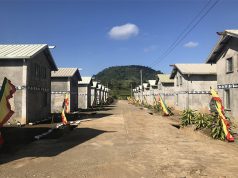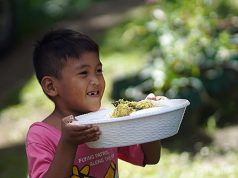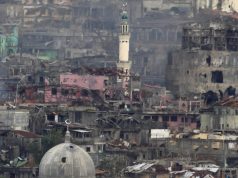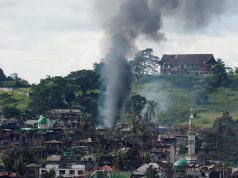
On the afternoon of May 23, 2017, armed jihadist groups stormed the city of Marawi, setting off a massive firefight with government forces that would level the once-teeming center of commerce and displace thousands.
A year later, the fighting has stopped and efforts to restore the city to its former glory have started.
But despite all fronts helping Marawi back on its feet, the task is proving to be a brutal ordeal.
A monumental effort
As of April 2018, the government has estimated the total cost of the rehabilitation effort to reach up to a staggering P72 billion.
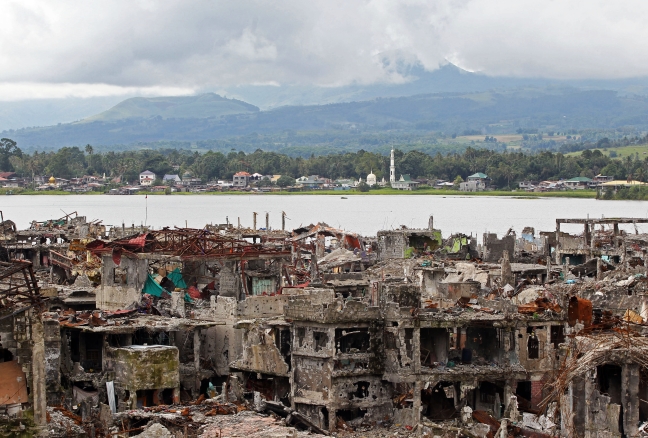
The matter of displaced residents from the area has also been a cause of concern.
As of October 2017, the number of displaced residents was placed at 78,466 families or 359,680 persons.
In January 2018, the National House Agency announced an 11-hectare township where 1,150 affected families could move into as rehabilitation efforts proceeded.
Sen. Francis “Kiko” Pangilinan has advocated letting the displaced residents rebuild their homes where they were situated prior to the outbreak of the fighting.
The government has also proposed the building of an economic zone in the area, following rehabilitation of the area. The plan has been opposed by a group of concerned Maranaos.

Foreign aid has also poured in since the rehabilitation effort began. The United States alone has pledged a total of P1.4 billion in aid, proposing to provide sanitation and support centers for residents.
The Japanese government, on the one hand, has pledged ¥2 billion for rehabilitation, and another ¥1.1 billion for core shelters and livelihood training to help the displaced back to their feet.
Even private individuals have pledged their influence to help the effort.
Actor Robin Padilla early in 2018 announced that he was making a film based on the Marawi siege, the fruits of which would go to the rehabilitation. The prior months saw him meet with President Rodrigo Duterte.
In October 2017, Duterte pledged to never let “another Marawi siege” take place, proposing the establishment of a military base in the city.
Troubled rehabilitation
Two Chinese firms have also been tapped by the government for the rehabilitation process. But these two companies were blacklisted by the World Bank in 2009. Prior to this, China had already donated P15 million following the end of the siege.
Shortly before the first anniversary of the siege, Karol Ilagan and Malou Mangahas of the Philippine Center for Investigative Journalism released “PROJECT BANGON MARAWI, YEAR 1: A patchwork of sketchy plans, loose rules, uncertain funding,” an article detailing the supposedly problematic process behind the myriad government tie-ups entered into for the rehabilitation effort.
Criticism of the government’s response to the siege revolves not just around handling of its projects, but also the declaration of martial law in the area with a seemingly indefinite end.
The government’s aerial bombing of the area has also been criticized by some groups. An echoed sentiment is that the indiscriminate bombardment led to unnecessary collateral damage in the area.
In a recent appearance, President Duterte took full responsibility for the crisis, and apologized for the government’s handling of the situation.
Presidential spokesperson Harry Roque has claimed that Duterte was satisfied with the rehabilitation effort, and has expressed his trust in his Cabinet officials handling the project.




